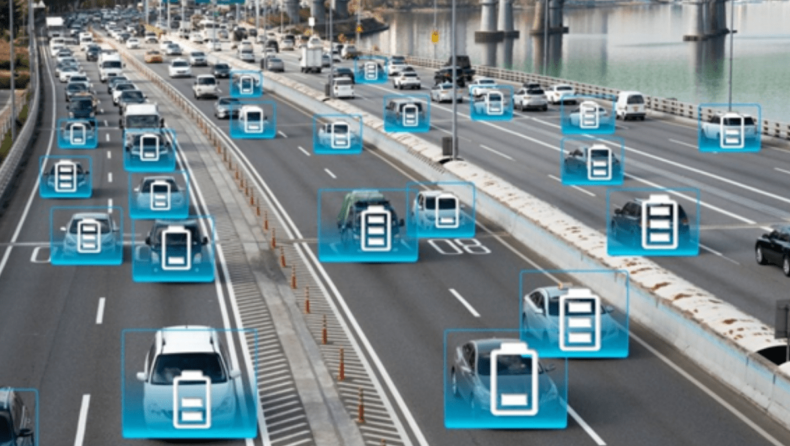Emerging an electricity-based technology for public transportation offers possible solutions for overburdened city and metro traffic systems and a safer, better rider experience. The EV technology in transportation driving extraordinary change. The growing popularity of smart, connected transportation technology will enhance mass rapid transportation in India with the cost-effective feature.
Rope ways project
The ministry plans to take on the expansion of rope-ways as a swap transport solution in the hilly and overcrowded, urban areas, Nitin Gadkari, The Union Minister for Road Transport & Highways has said. And eleven rope-way projects are planning to boost the connectivity for mountainous cities and states like Jammu and Kashmir, Uttarakhand, Himachal Pradesh, Manipur and Sikkim.
While addressing ‘Rebuilding Infrastructure for India 2.0‘, he said that some of the US companies have also approached him with the technology to enhance the ‘Re-imagining India 2.0 series.
Port connectivity plans are being executed to facilitate the swift movement of cargo connecting all ports and inland water waste minerals to amplify the efficiency of domestic and international trade routes.
With a length of 2,050 kilometers around 65 projects are planned for port connectivity which is in various stages of development. And as per the strategic importance of defense perspective India is also developing 29 emergency landing facilities for fighter planes on national highways, said the Union minister, Nitin Gadkari and also urged US companies to come and invest in India.
In addition, Nitin Gadkari shows there in interested to work on the technology of light rail transport. Light rail vehicles (LRVs) are used for medium capacity local transportation in metropolitan areas. This system of railways is usually powered by overhead electrical wires .
He also urged the technocrats to take part in the drive to build up the best system for India, and assure that India is allowing 100 per cent FDI in the road sector.
Indian research and development reports and US-based companies can work together towards EV factory technology and the redeveloping industry. The government is robustly encouraging solar and the best charging mechanism for electric mobility, he said.
Batteries swapping sector in India.
To improve efficiency in the EV ecosystem, Finance Minister Nirmal Sitharaman announced that the government would introduce battery swapping policy standards that will encourage private players, businessmen and companies to develop sustainable and new business models for battery swapping or ‘Battery or Energy as a Service.
Nitin Gadkari stresses more and highlights that battery swapping is one of the new sectors with a huge opportunity. Battery swapping allows EV owners to replace the discharged batteries with charged ones at the swap stations.
It can help EV owners to save the cost of purchasing a battery and save time also compared to charging at a battery station which could take hours. It also requires minimum infrastructure. At the end of the program, Gadkari said he is very much positive that we will make the road infrastructure in India equal to that of the USA by the end of 2024.













